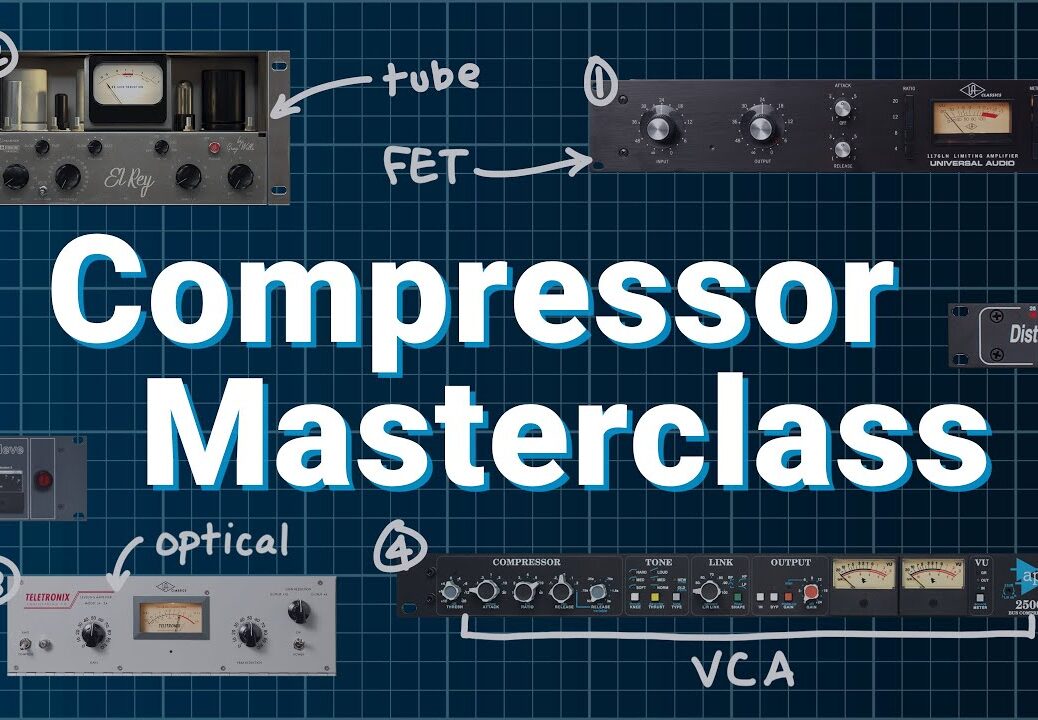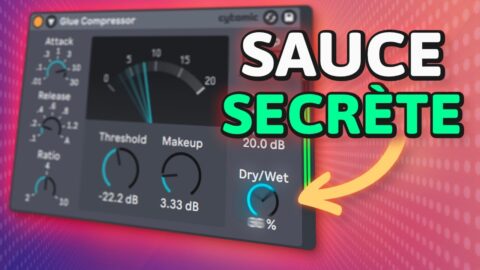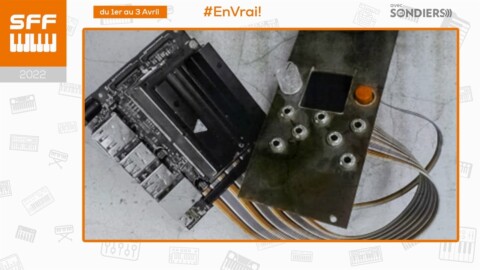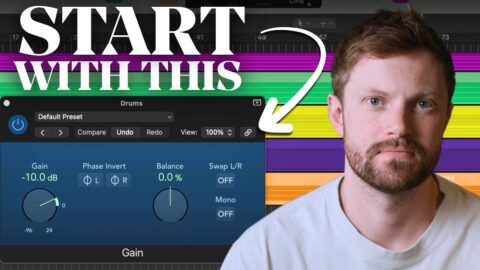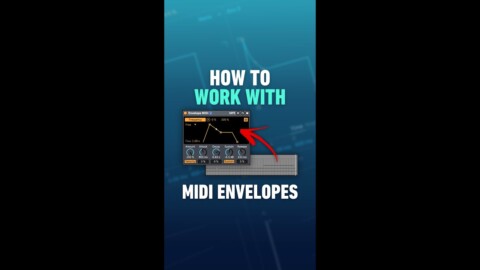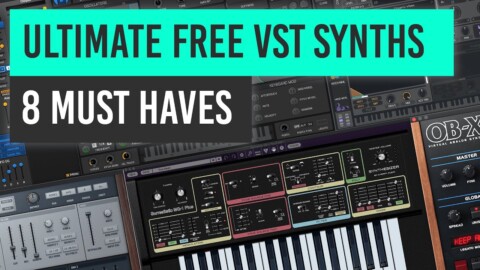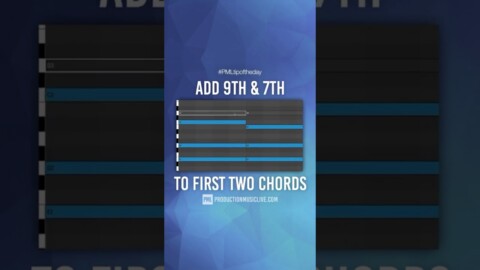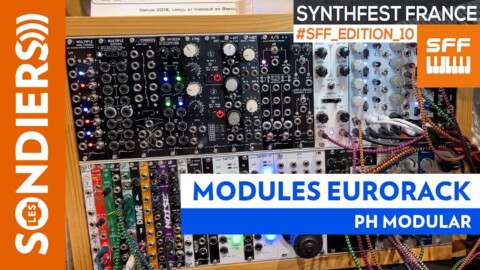2025 Updated Version: https://youtu.be/wt8_7C6cpFo?si=Bz1AlEPCCQqe1SYe
Let’s look at the different common types of Compressors: FET, Tube (Vari-Mu), Optical and VCA.
This video is intended to follow on from my “Compression Explained” video where you can learn how to dial in all the settings and feel confident with your mixing.
I Just Made My Own Mixing Plugin, Check It Out Here: https://youtu.be/-Xv4Ds4jTp4
0:00 – Intro
0:20 – Overview
0:45 – FET
4:05 – Tube (Vari-Mu)
7:07 – Optical
8:45 – VCA
11:45 – Outro
FET Compression:
These are bold compressors with incredibly fast attack times. FET compressors are not subtle and will usually lead to an obvious and familiar tone. Be careful with those fast attack times, it can be best to start off with the slower attack times (still very fast at 800 micro seconds!). Some famous examples include the UREI 1176 (especially revisions C, D and E).
Try using a FET compressor to tame the transients of a vocal or instrument during recording and follow it with a slower and smoother compressor such as tube or optical.
Tube Compression:
Some of the first compressors used tubes (or valves) to control the gain reduction. They typically have slow attack and release times so preserve transients well. They are often described as “muscial” and “warm” due to the obvious colouration/saturation they provide. Often a tube compressor (or pre amp) can be an effective form of EQ due to the dramatic tonal changes they can impart!. Some famous examples include the Fairchild 670 and the Manley Vari-Mu.
Optical Compression:
These have a highly unusual circuit design where the audio signal (as electric current) causes a light to glow at varying intensities. The light is detected by a photocell and the resulting current is used to determine the gain reduction applied. The speed of light is blisteringly fast but the bulb or LED doesn’t react quickly to transients. This allows optical compressors to have a unique attack and release behaviour where the release time changes in a non linear fashion depending on the amount of input signal. Use these gently for transparent compression and general leveling or drive them hard for some obvious pumping and distortion. They are often paired with tube or transitor output stages to add further saturation. Famous examples include the TELETRONIX LA-2A.
VCA Compression:
The most flexible and customisable compression of the 4. They excel equally on entire mixes and can be found in the best mastering compressors and on mixing consoles including SSL, Neve and API. Some famous examples include the Distressor, SSL G comp and the API 2500. They are the most common type of compressor for good reason, they offer excellent sound, are relatively affordable and easier to maintain with soild state ciruitry.
Compression Explained Video: https://youtu.be/yi0J9JsRdI4
💻 Get My Mixing Plugin: https://youtu.be/-Xv4Ds4jTp4
🌍 My Website / Contact / Hire me – https://michaelwynneaudio.com
🎧 Become a member of this channel: https://www.youtube.com/channel/UCIcCXe3iWo6lq-iWKV40Oug/join
🎧 Patreon (Exclusive benefits): https://www.patreon.com/inthemix
🎧 My Sound Banks / Preset Packs – https://inthemix.store
📱 Join My Free Discord – https://discord.com/invite/inthemix
💸 Save money on DistroKid if you sign up through my custom link – http://distrokid.com/vip/inthemix
In this video I am using Beyerdynamic DT 1990 Pro headphones
#Compression #mixing #musicproduction
Tags: compression Compression Explained FET Mixing with compression Tube

